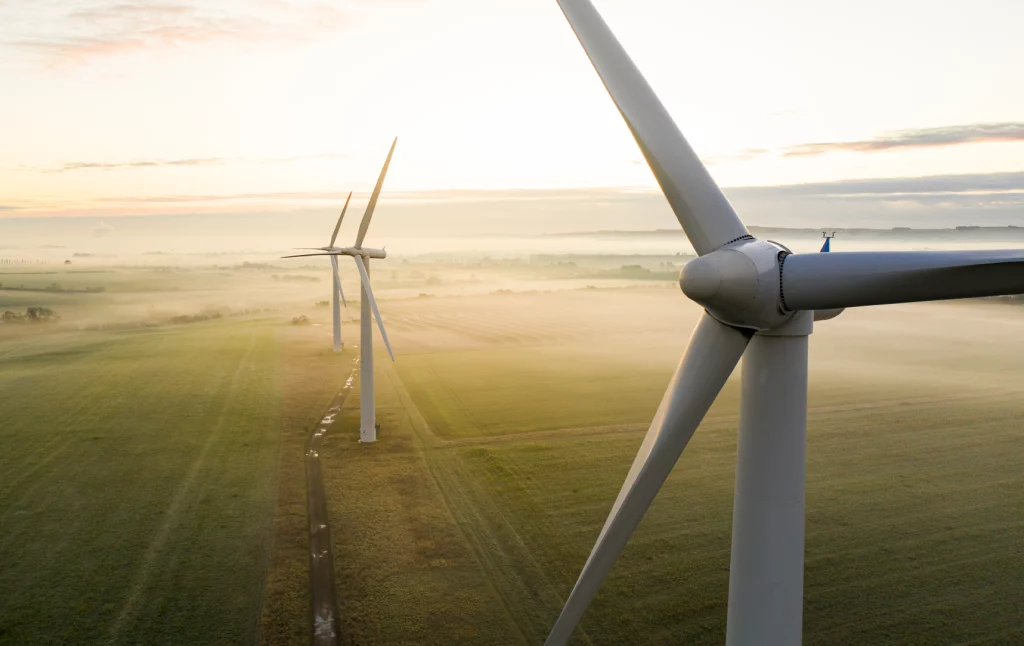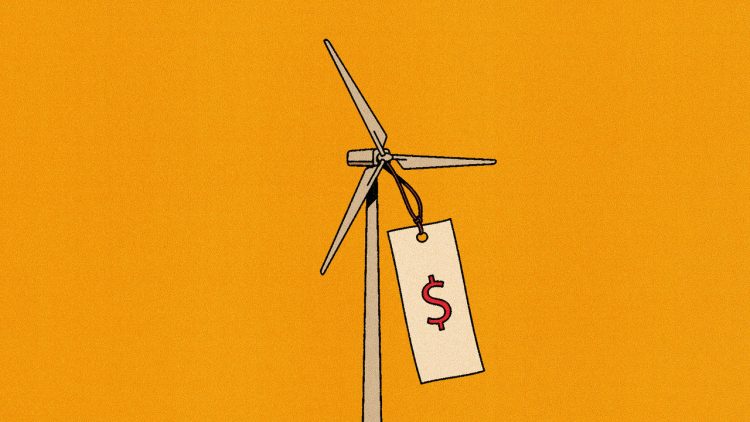Introduction: Harnessing the Invisible Force
Wind power, one of humanity’s oldest energy sources, has evolved into a cornerstone of modern renewable electricity. From ancient windmills pumping water to massive offshore turbines generating gigawatts, wind energy exemplifies the transformation from traditional mechanical uses to high-tech electricity generation.
With climate change threatening global ecosystems, the decarbonization of energy systems is imperative. Wind energy offers a scalable, sustainable, and increasingly cost-effective solution. This article explores the technology, environmental benefits, economic impact, challenges, global deployment, and future prospects of wind power.
1. History of Wind Energy
1.1 Early Civilizations
- Ancient Persia (9th century): Horizontal windmills used for irrigation
- Europe (12th-19th century): Vertical-axis windmills for milling grain and pumping water
These early innovations showcased humanity’s ability to convert kinetic wind energy into practical mechanical work.
1.2 Industrial and Modern Era
- Late 19th century: Small wind turbines generated electricity for homes and farms
- 1970s Oil Crisis: Renewed interest in wind electricity, especially in Europe
- 21st century: Technological advances enabled utility-scale wind farms, including offshore installations
2. How Wind Power Works
Wind energy conversion involves transforming kinetic energy from moving air into electrical energy.
2.1 Turbine Components
- Blades: Capture wind and rotate
- Rotor and Hub: Connect blades to the generator
- Gearbox: Increases rotational speed (some direct-drive turbines bypass this)
- Generator: Converts mechanical rotation into electricity
- Tower: Elevates turbine to access higher wind speeds
- Control Systems: Monitor wind conditions, blade angle, and grid integration
2.2 Types of Wind Turbines
- Horizontal-axis wind turbines (HAWTs): Most common; efficient for large-scale energy production
- Vertical-axis wind turbines (VAWTs): Compact, lower maintenance, suitable for urban areas and small-scale installations
2.3 Offshore vs. Onshore
- Onshore turbines: Easier installation, lower cost, widely deployed
- Offshore turbines: Stronger and more consistent winds, higher output potential, growing global focus
3. Environmental and Economic Benefits
3.1 Carbon Reduction
Wind electricity emits virtually zero CO₂ during operation, significantly reducing fossil fuel dependency.
3.2 Minimal Water Usage
Unlike thermal power plants, wind energy requires negligible water, preserving freshwater resources.
3.3 Biodiversity and Land Efficiency
Wind farms can coexist with agriculture or grazing land, optimizing land use while maintaining ecosystem function.
3.4 Job Creation and Economic Growth
Wind energy creates jobs in manufacturing, installation, maintenance, and R&D. According to the Global Wind Energy Council (GWEC), the industry employed over 1.2 million people worldwide in 2023.
3.5 Energy Security
By producing local, renewable electricity, wind power reduces reliance on imported fuels and enhances energy independence.
4. Technological Innovations
4.1 Blade Design and Aerodynamics
- Longer, lighter blades capture more energy
- Advanced materials like carbon fiber improve strength and reduce weight
4.2 Turbine Scaling
- Mega-turbines (>12 MW offshore) increase electricity output per unit
- Floating offshore turbines enable deployment in deeper waters
4.3 Predictive Maintenance
- AI and sensors monitor performance, anticipate failures, and optimize efficiency
- Reduces downtime and operating costs
4.4 Grid Integration
- Smart grids and energy storage manage variability and balance supply
- Hybrid systems with solar and batteries increase reliability
5. Global Wind Power Deployment
5.1 Europe
- Leaders: Germany, Denmark, Spain
- Offshore wind is rapidly expanding in the North Sea and Baltic regions
- Government incentives and feed-in tariffs drive adoption
5.2 China
- Largest wind power capacity globally
- Focus on both onshore and offshore projects to meet growing electricity demand
5.3 United States
- Texas and Iowa lead onshore capacity
- Offshore wind emerging on the East Coast with projects in Massachusetts and New York
5.4 Developing Countries
- India, Brazil, and Kenya deploy wind energy for rural electrification and industrial growth
- Decentralized microgrids provide reliable power in remote areas

6. Challenges in Wind Energy
6.1 Intermittency
Wind availability fluctuates, requiring storage solutions or backup generation.
6.2 Environmental Concerns
- Bird and bat mortality can occur near turbines
- Noise and aesthetic concerns affect public acceptance
6.3 Infrastructure and Logistics
- Offshore installations are expensive and technically complex
- Transmission lines are needed to connect remote wind farms to urban demand centers
6.4 Resource and Material Limitations
- High-strength materials and rare metals are needed for blades, generators, and electronics
- Recycling old blades and components remains a challenge
7. Economic and Policy Drivers
7.1 Incentives
- Tax credits, feed-in tariffs, and renewable portfolio standards encourage deployment
- Auctions and competitive bidding reduce project costs
7.2 Investment Trends
- Private and public funding support innovation and infrastructure
- Green bonds and international climate finance accelerate adoption
7.3 Policy Integration
- National renewable targets align wind deployment with climate goals
- Regional cooperation enables cross-border electricity trade and grid stabilization
8. Innovations for the Future
8.1 Floating Offshore Wind
- Floating platforms allow turbines in deep-water areas with stronger winds
- Expands potential capacity beyond near-shore limitations
8.2 Hybrid Energy Systems
- Integration with solar, storage, and smart grids enhances reliability and efficiency
- Wind-solar-battery systems can stabilize local grids and support energy independence
8.3 Advanced Turbine Materials
- Composite materials and lightweight alloys extend lifespan and reduce maintenance
- Blade recycling and sustainable production reduce environmental footprint
8.4 AI and Predictive Analytics
- Machine learning predicts wind patterns and turbine performance
- Optimizes power output, maintenance schedules, and grid integration
9. Societal Impacts
Wind energy contributes to sustainable development:
- Employment: Skilled jobs in engineering, manufacturing, and project management
- Education: Workforce training in renewable energy sectors
- Community Empowerment: Local wind projects generate revenue and energy autonomy
- Cultural Shift: Public engagement promotes environmental awareness and climate action
10. Conclusion: A Wind-Powered Future
Wind energy demonstrates humanity’s ability to harness natural forces for sustainable electricity. Its rapid technological advancements, environmental benefits, and economic potential make it a vital component of global decarbonization strategies.
Challenges remain, including intermittency, ecological impacts, and infrastructure needs, but innovation in turbine design, hybrid systems, and energy storage addresses these obstacles. With supportive policy frameworks, investment, and public acceptance, wind power can supply significant portions of global electricity demand.
The rise of wind energy represents more than a technological achievement; it is a symbol of humanity’s commitment to a cleaner, greener, and more resilient future. Harnessing the invisible force of the wind, we can power cities, industries, and communities sustainably, securing energy for generations to come.











































